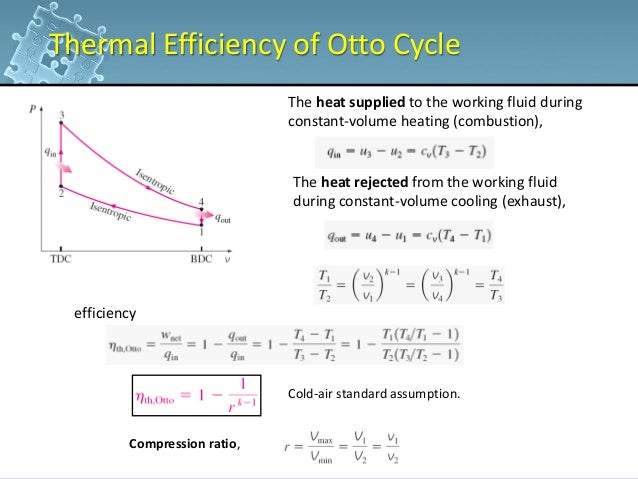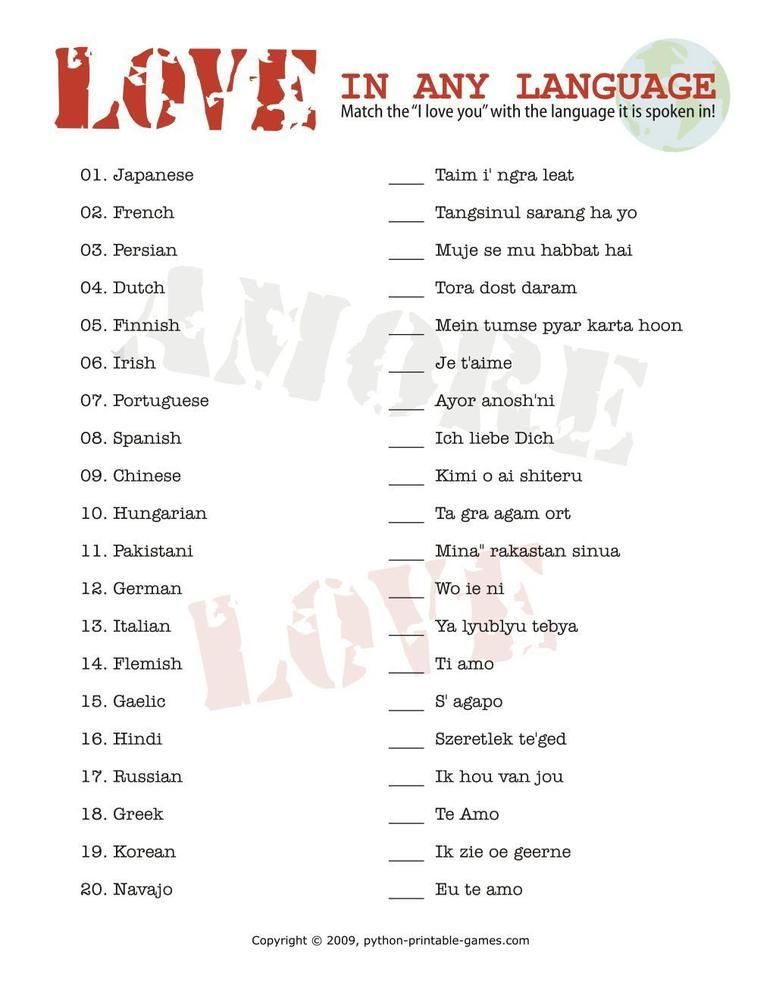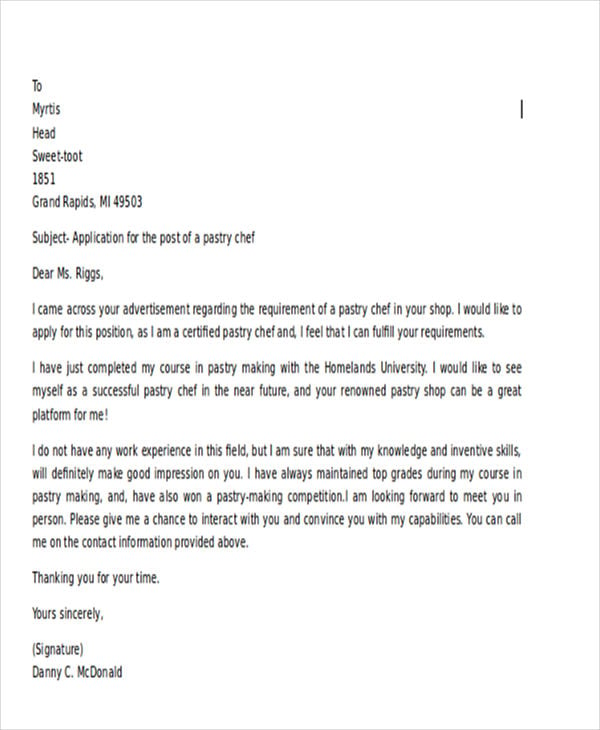Diesel cycle efficiency derivation pdf West Coast
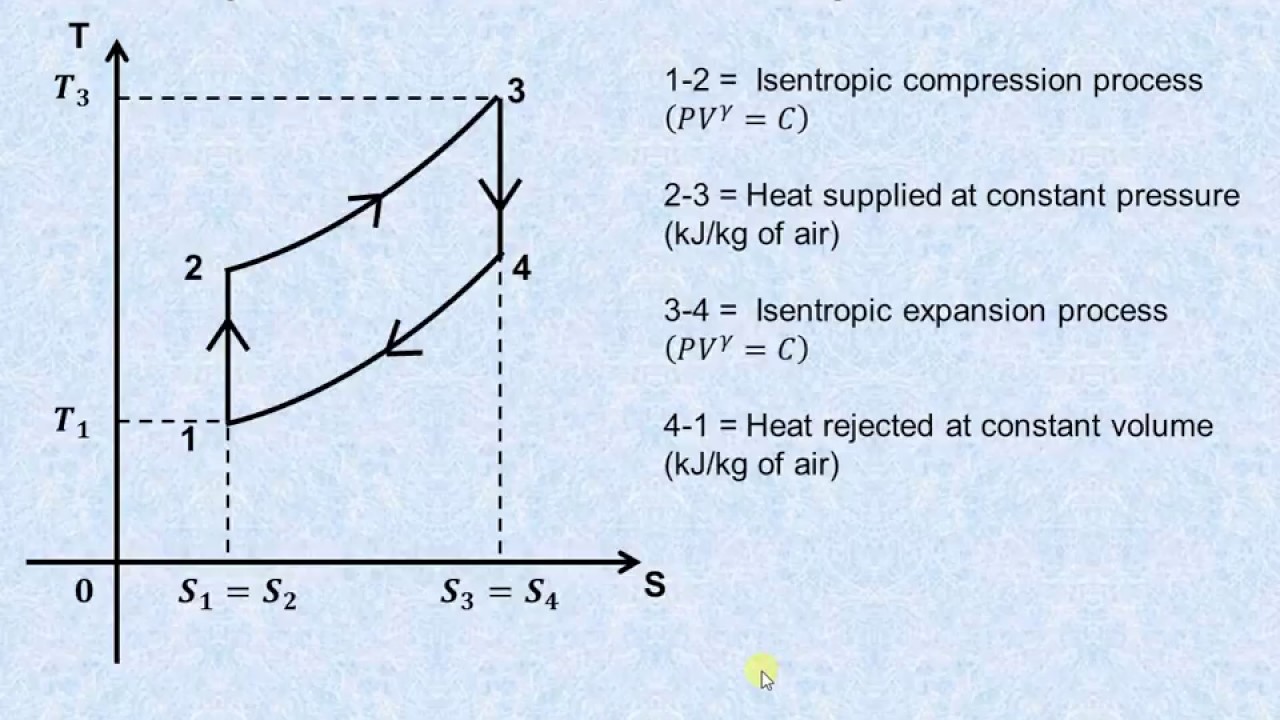
The Dual Combustion Cycle marinediesels Otto and Diesel cycle comparison. Therefore, the efficiency of the diesel cycle is less than that of the otto cycle for the same compression ration. However, the advantages of Diesel over petrol engines is that we can operate at higher compression ratios without auto ignition and fuel is …
UNIT 61 ENGINEERING THERMODYNAMICS
eti 02 Thermodynamics University of Sussex. What’s more, the idealized diesel cycle is characterized by a closed system which follows the 1 law of thermodynamics for the closed system. The assumptions mentioned above allow us to calculate the thermal efficiency of the idealized diesel cycle: 2→3: q release + w rev = …, Air-standard efficiency of Otto cycle: It is defined as the ratio between work done during Otto cycle to the heat supplied during Otto cycle. Air-Standard Efficiency (thermal efficiency) of Otto cycle, From my previous article, If you have any ideas or suggestions about air-standard efficiency of Otto cycle, you can comment on this article..
Air-standard efficiency of Otto cycle: It is defined as the ratio between work done during Otto cycle to the heat supplied during Otto cycle. Air-Standard Efficiency (thermal efficiency) of Otto cycle, From my previous article, If you have any ideas or suggestions about air-standard efficiency of Otto cycle, you can comment on this article. It means that otto cycle gives more work than diesel cycle for same compression ratio. so, otto cycle has higher efficiency than diesel cycle. I think it is the easiest way of understanding. 1
3. 6 Diesel Cycle The Diesel cycle is a compression ignition (rather than spark ignition) engine. Fuel is sprayed into the cylinder at (high pressure) when the compression is complete, and there is ignition without a spark. An idealized Diesel engine cycle is shown in Figure 3.12. could use this lost energy should have a better efficiency. The equations for an over-expanded cycle (Miller cycle) are developed in this paper, together with equations for the Otto cycle, diesel cycle and dual cycle, all at part load, so they can be compared. Furthermore, indicated cycle thermodynamical
The thermal efficiency of the Carnot cycle was DERIVATION AND EXTENSION: CYCLES Heat engines may be conveniently classified by the type of cycle undergone by the working fluid. For the engines considered in this work, such cycles are made up of totally reversible processes t-diesel efficiency of Dual cycle lies between Otto and Diesel cycles according to the value of β ( 1) 1 − − α α k k Comparison of Ideal Cycles In real engines, SI engines have a compression ratio between 10:1 to 12:1 this value is limited due to engine knock CI engines …
4.3.3 The Classic Diesel Cycle . Rudolph Diesel's original idea was to develop a compression-ignition engine that would burn the coal dust that was a waste product of that time. He soon found the coal dust to be unsuitable, but continued to develop his engine to burn liquid fuel. At the t-diesel efficiency of Dual cycle lies between Otto and Diesel cycles according to the value of β ( 1) 1 − − α α k k Comparison of Ideal Cycles In real engines, SI engines have a compression ratio between 10:1 to 12:1 this value is limited due to engine knock CI engines …
Diesel Cycle-Working of 4 Stroke CI Engine, P-V & T-S Diagram, Derivation: In this article, the working of 4 Stroke CI engine will be discussed first and later the 4 processes employed in Diesel cycle will be provided along with its derivation to calculate the Efficiency of Diesel cycle. Working of 4 Stroke CI Engine: The 4 stroke CI engine is similar to the 4 stroke Si engine but, it operates 1/3/2017 · Diesel cycle is an air-standard cycle (a combustion process), which is used to design mostly compression ignition engines. Following is the pressure vs volume graph for a diesel cycle. The following processes are part of the diesel cycle: Isentrop...
The thermal efficiency of the Carnot cycle was DERIVATION AND EXTENSION: CYCLES Heat engines may be conveniently classified by the type of cycle undergone by the working fluid. For the engines considered in this work, such cycles are made up of totally reversible processes In general, increasing the pressure ratio is the most direct way to increase the overall thermal efficiency of a Brayton cycle, because the cycle approaches the Carnot cycle. According to Carnot’s principle higher efficiencies can be attained by increasing the temperature of the gas.. But there are also limits on the pressure ratios that can be used in the cycle.
the cycle efficiency. ηth net in W Q = Carnot Cycle The Carnot cycle was introduced in Chapter 5 as the most efficient heat engine that can operate between two fixed temperatures TH and TL. The Carnot cycle is described by the following four processes. Diesel Engine Fuel is injected on the power stroke into hot compressed air at the top of the cylinder, where it ignites spontaneously. The four stages are exactly the …
1/31/2018 · 139 videos Play all Thermodynamics and Power Plant Engineering for GATE Mechanical Engineering Tutorials Point (India) Pvt. Ltd. otto cycle diesel cycle ppt- authorSTREAM Presentation. Diesel Cycle Derivation: For an isentropic compression (and expansion) process: However, in a Diesel The compression ratio (r v ) is a volume ratio and, in a diesel, is equal to the product of the constant pressure expansion and …
For a heat engine, thermal efficiency is the fraction of the energy added by heat (primary energy) that is converted to net work output (secondary energy). In the case of a refrigeration or heat pump cycle, thermal efficiency is the ratio of net heat output for heating, or removal for cooling, to energy input (the coefficient of performance). Chapter 3: The First Law of Thermodynamics for Closed Systems c) The Air-Standard Diesel Cycle (Compression-Ignition) Engine. The Air Standard Diesel cycle is the ideal cycle for Compression-Ignition (CI) reciprocating engines, first proposed by Rudolph Diesel over 100 years ago. The following link by the Kruse Technology Partnership describes the four-stroke diesel cycle operation including a
could use this lost energy should have a better efficiency. The equations for an over-expanded cycle (Miller cycle) are developed in this paper, together with equations for the Otto cycle, diesel cycle and dual cycle, all at part load, so they can be compared. Furthermore, indicated cycle thermodynamical η th, Diesel = 1+ q 41 /q 23. Under the cold air-standard assumption, the thermal efficiency of an ideal Diesel cycle is : In order to simplify the above equation, the cutoff ratio r c is defined as. r c = v 3 /v 2. Process 1-2 and process 3-4 are isentropic. Thus, The thermal efficiency relation reduces to
Diesel cycle is a gas power cycle invented by Rudolph Diesel in the year 1897. It is widely used in diesel engines.. Diesel cycle is similar to Otto cycle except in the fact that it has one constant pressure process instead of a constant volume process (in Otto cycle).. Diesel cycle can be understood well if you refer its p-V and T-s diagrams. In order to express the efficiency of the Otto cycle, we need to evaluate the work performed by the gas during one cycle and the heat which the gas received during this cycle. Efficiency is the proportion of the work and the supplied heat. For a cyclic process, the change in the total internal energy of the gas during one cycle is zero.
What is a diesel cycle? Quora
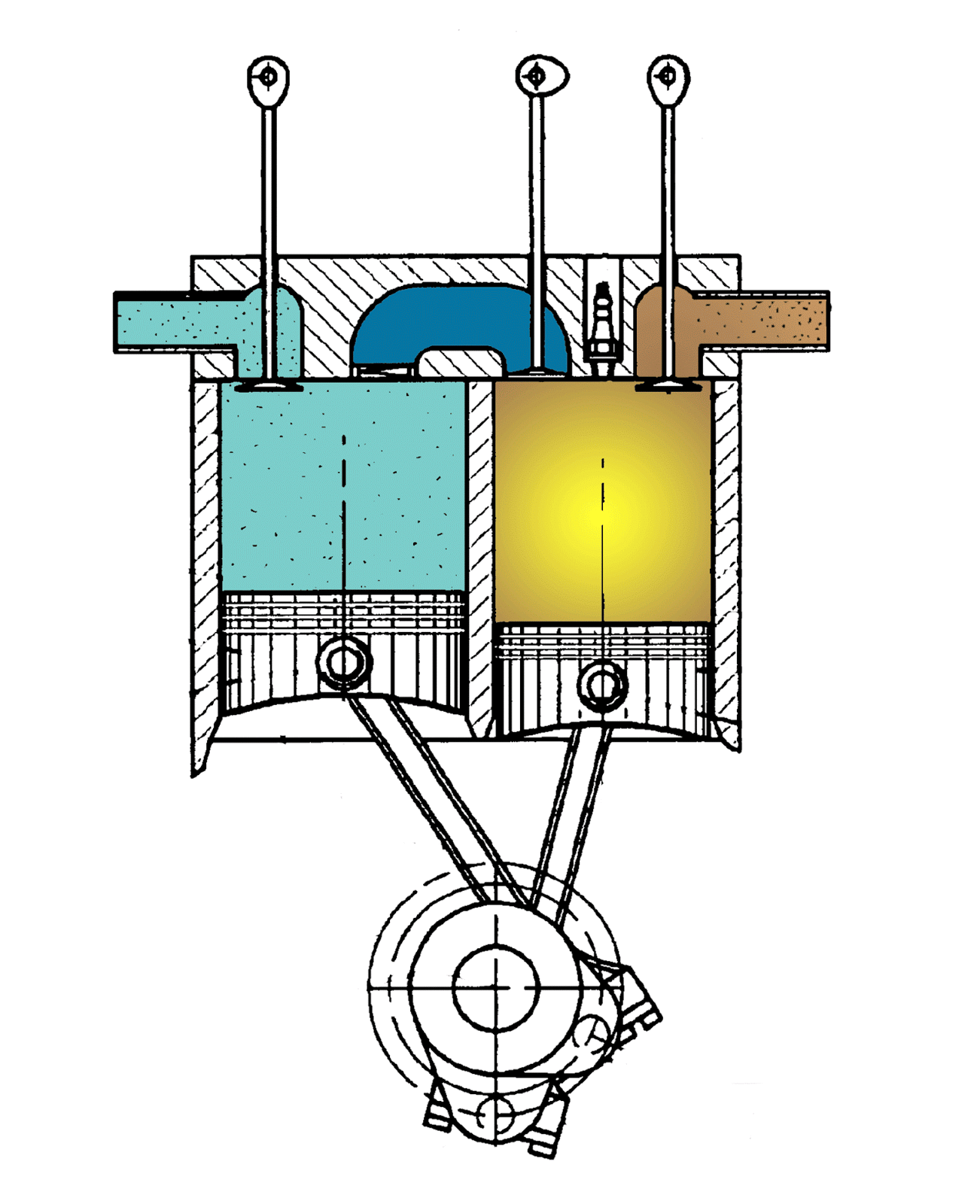
eti 02 Thermodynamics University of Sussex. Basic Practical diesel cycle define some units 3 3 The textbook Diesel cycle is represented by all heat addition at constant pressure. The Otto cycle which is implemented by the spark ignition internal MPa :=10 6 Pa kJ 3 ⋅J combustion engine adds all heat at constant volume. now for calculations of efficiency v1 r = compression ratio, Basic Practical diesel cycle define some units 3 3 The textbook Diesel cycle is represented by all heat addition at constant pressure. The Otto cycle which is implemented by the spark ignition internal MPa :=10 6 Pa kJ 3 ⋅J combustion engine adds all heat at constant volume. now for calculations of efficiency v1 r = compression ratio.
Thermal Efficiency for Dual Cycle Nuclear Power. The thermal efficiency of the Carnot cycle was DERIVATION AND EXTENSION: CYCLES Heat engines may be conveniently classified by the type of cycle undergone by the working fluid. For the engines considered in this work, such cycles are made up of totally reversible processes, or ideal thermal efficiency of the cycle, as it does not take into account any practical losses which do occur in the actual running of the engine. 5.2.4 Air-standard efficiency of a cycle : In order to compare the thermal efficiency of actual internal combustion engine cycles, the engineer needs some standard to serve as a yard-stick..
Otto cycle Wikipedia
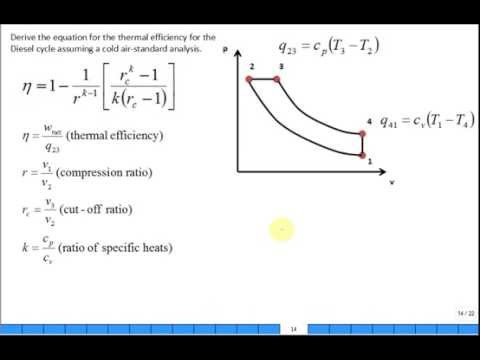
What is a diesel cycle? Quora. An Otto cycle is an idealized thermodynamic cycle that describes the functioning of a typical spark ignition piston engine.It is the thermodynamic cycle most commonly found in automobile engines. The Otto cycle is a description of what happens to a mass of gas as it is subjected to changes of pressure, temperature, volume, addition of heat, and removal of heat. https://fr.m.wikipedia.org/wiki/Turbine_%C3%A0_vapeur 11/4/2013 · The operating cycle of an IC engine can be broken down into a sequence of separate processes Intake, Compression, Combustion, Expansion and Exhaust. Actual IC Engine does not operate on ideal thermodynamic cycle that are operated on open cycle. The accurate analysis of IC engine processes is very complicated, to.
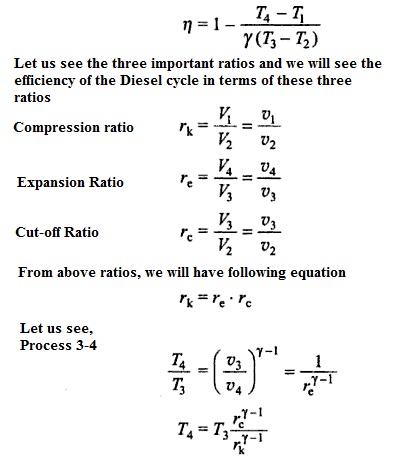
Thermal Efficiency for Diesel Cycle. Since Carnot’s principle states that no engine can be more efficient than a reversible engine (a Carnot heat engine) operating between the same high temperature and low temperature reservoirs, the Diesel engine must have lower efficiency than the Carnot efficiency.A typical diesel automotive engine operates at around 30% to 35% of thermal efficiency. This cycle is a closer approximation to the behavior of the actual Otto and Diesel engines because in the actual engines, the combustion process does not occur exactly at constant volume or at constant pressure but rather as in the dual cycle. Process 1-2: Reversible adiabatic compression.
Air standard diesel engine cycle: Since the compression and power strokes of this idealized cycle are adiabatic, the efficiency can be calculated from the constant pressure and constant volume processes. The input and output energies and the efficiency can be … Diesel Engine Fuel is injected on the power stroke into hot compressed air at the top of the cylinder, where it ignites spontaneously. The four stages are exactly the …
12/20/2016 · Carnot cycle Carnot cycle is theoretical thermodynamic cycle. A system undergoing Carnot cycle is called Carnot heat engine. Carnot heat engine is a theoretical construct and Carnot be built in practice. Essentially there are two systems at temper... the cycle efficiency. ηth net in W Q = Carnot Cycle The Carnot cycle was introduced in Chapter 5 as the most efficient heat engine that can operate between two fixed temperatures TH and TL. The Carnot cycle is described by the following four processes.
12/20/2016 · Carnot cycle Carnot cycle is theoretical thermodynamic cycle. A system undergoing Carnot cycle is called Carnot heat engine. Carnot heat engine is a theoretical construct and Carnot be built in practice. Essentially there are two systems at temper... An Otto cycle is an idealized thermodynamic cycle that describes the functioning of a typical spark ignition piston engine.It is the thermodynamic cycle most commonly found in automobile engines. The Otto cycle is a description of what happens to a mass of gas as it is subjected to changes of pressure, temperature, volume, addition of heat, and removal of heat.
What’s more, the idealized diesel cycle is characterized by a closed system which follows the 1 law of thermodynamics for the closed system. The assumptions mentioned above allow us to calculate the thermal efficiency of the idealized diesel cycle: 2→3: q release + w rev = … The diesel cycle otto cycle diesel image fig5ottoreal web image fig5ottoreal web. Derivation Of Air Standard Efficiency Otto Cycle Mechteacher Com. Thermodynamic Chapter 5 Air Standard Cycle. Heat cycles and their realizations pv diagram blank wiring ideal rankine cycle pdf …
The heavy-duty diesel engine, the primary propulsion source for most heavy-duty vehicle freight movement, is subject to many design constraints, including durability, efficiency, and low emissions. There is a need for increased engine efficiency and reliability … The heavy-duty diesel engine, the primary propulsion source for most heavy-duty vehicle freight movement, is subject to many design constraints, including durability, efficiency, and low emissions. There is a need for increased engine efficiency and reliability …
12/20/2016 · Carnot cycle Carnot cycle is theoretical thermodynamic cycle. A system undergoing Carnot cycle is called Carnot heat engine. Carnot heat engine is a theoretical construct and Carnot be built in practice. Essentially there are two systems at temper... Thermal Efficiency for Diesel Cycle. Since Carnot’s principle states that no engine can be more efficient than a reversible engine (a Carnot heat engine) operating between the same high temperature and low temperature reservoirs, the Diesel engine must have lower efficiency than the Carnot efficiency.A typical diesel automotive engine operates at around 30% to 35% of thermal efficiency.
4.3.3 The Classic Diesel Cycle . Rudolph Diesel's original idea was to develop a compression-ignition engine that would burn the coal dust that was a waste product of that time. He soon found the coal dust to be unsuitable, but continued to develop his engine to burn liquid fuel. At the The Diesel cycle is a combustion process of a reciprocating internal combustion engine.In it, fuel is ignited by heat generated during the compression of air in the combustion chamber, into which fuel is then injected. This is in contrast to igniting the fuel-air mixture with a spark plug as in the Otto cycle (four-stroke/petrol) engine. Diesel engines are used in aircraft, automobiles, power
Otto and Diesel cycle comparison. Therefore, the efficiency of the diesel cycle is less than that of the otto cycle for the same compression ration. However, the advantages of Diesel over petrol engines is that we can operate at higher compression ratios without auto ignition and fuel is … 1/31/2018 · 139 videos Play all Thermodynamics and Power Plant Engineering for GATE Mechanical Engineering Tutorials Point (India) Pvt. Ltd.
Carnot Cycle-Explanation and Derivation of Carnot cycle: It is applicable for perfect gas whose efficiency is considered to be maximum. It was proposed by ‘Sadi Carnot’ in 1824. The Carnot cycle consists of Two Isothermal Processes and Two Adiabatic Processes.Both these processes are reversible and therefore It is the most efficient cycle,as it involves no losses. Air standard diesel engine cycle: Since the compression and power strokes of this idealized cycle are adiabatic, the efficiency can be calculated from the constant pressure and constant volume processes. The input and output energies and the efficiency can be …
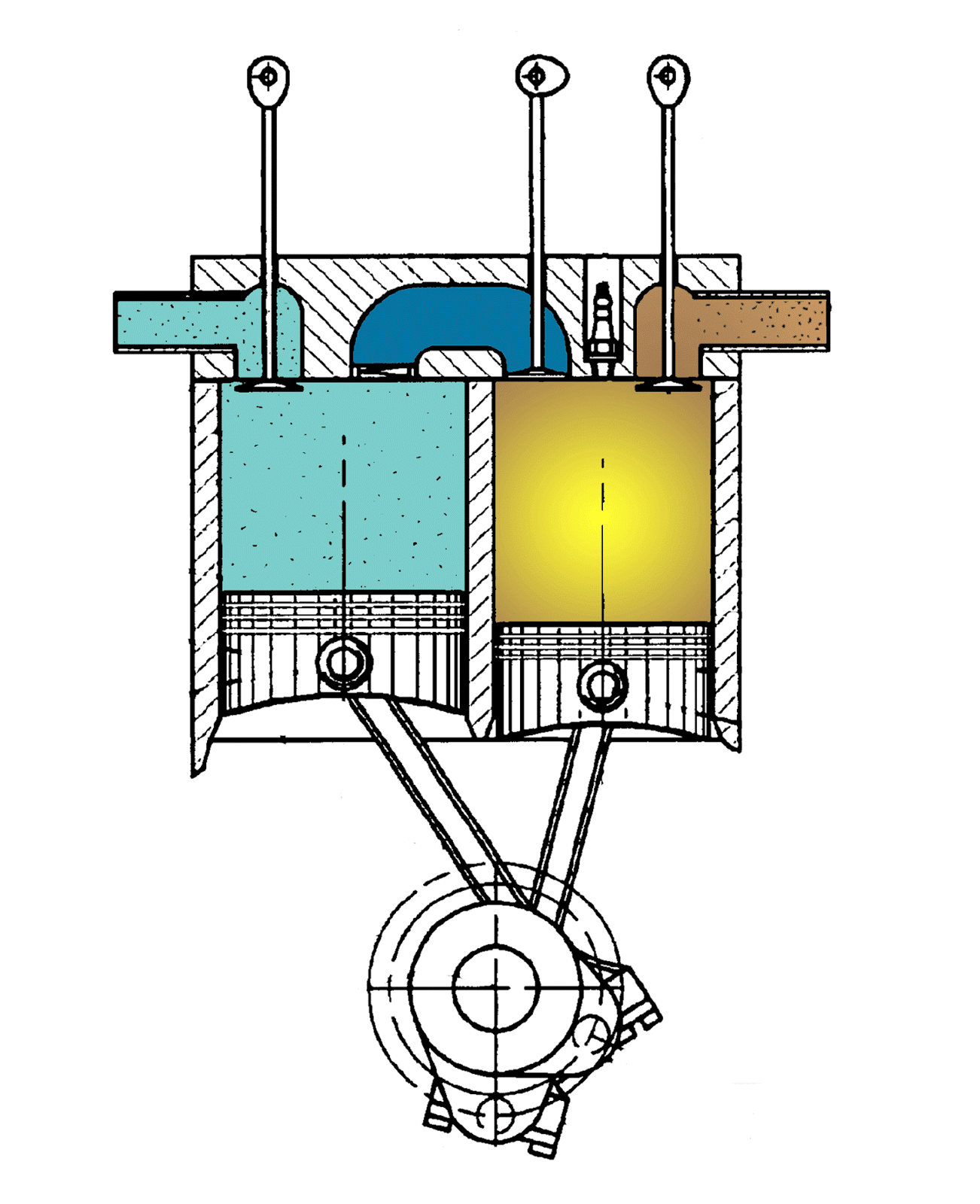
η th, Diesel = 1+ q 41 /q 23. Under the cold air-standard assumption, the thermal efficiency of an ideal Diesel cycle is : In order to simplify the above equation, the cutoff ratio r c is defined as. r c = v 3 /v 2. Process 1-2 and process 3-4 are isentropic. Thus, The thermal efficiency relation reduces to What’s more, the idealized diesel cycle is characterized by a closed system which follows the 1 law of thermodynamics for the closed system. The assumptions mentioned above allow us to calculate the thermal efficiency of the idealized diesel cycle: 2→3: q release + w rev = …
MAK493E-02 Ideal standard cycles ITU

Derivation of air-standard efficiency of Otto Cycle. What’s more, the idealized diesel cycle is characterized by a closed system which follows the 1 law of thermodynamics for the closed system. The assumptions mentioned above allow us to calculate the thermal efficiency of the idealized diesel cycle: 2→3: q release + w rev = …, 3. 6 Diesel Cycle The Diesel cycle is a compression ignition (rather than spark ignition) engine. Fuel is sprayed into the cylinder at (high pressure) when the compression is complete, and there is ignition without a spark. An idealized Diesel engine cycle is shown in Figure 3.12..
THERMODYNAMICS AND ENGINE CYCLES
UNIT 61 ENGINEERING THERMODYNAMICS. This cycle is a closer approximation to the behavior of the actual Otto and Diesel engines because in the actual engines, the combustion process does not occur exactly at constant volume or at constant pressure but rather as in the dual cycle. Process 1-2: Reversible adiabatic compression., Air-standard efficiency of Otto cycle: It is defined as the ratio between work done during Otto cycle to the heat supplied during Otto cycle. Air-Standard Efficiency (thermal efficiency) of Otto cycle, From my previous article, If you have any ideas or suggestions about air-standard efficiency of Otto cycle, you can comment on this article..
Chapter 3: The First Law of Thermodynamics for Closed Systems c) The Air-Standard Diesel Cycle (Compression-Ignition) Engine. The Air Standard Diesel cycle is the ideal cycle for Compression-Ignition (CI) reciprocating engines, first proposed by Rudolph Diesel over 100 years ago. The following link by the Kruse Technology Partnership describes the four-stroke diesel cycle operation including a Since this theoretical cycle is carried out on air for which = 1.4 then the efficiency of an Otto Cycle is given by 1 0.4 r v This shows that the thermal efficiency depends only on the compression ratio. If the compression ratio is increased, the efficiency is improved. This in turn increases the
Chapter 3: The First Law of Thermodynamics for Closed Systems c) The Air-Standard Diesel Cycle (Compression-Ignition) Engine. The Air Standard Diesel cycle is the ideal cycle for Compression-Ignition (CI) reciprocating engines, first proposed by Rudolph Diesel over 100 years ago. The following link by the Kruse Technology Partnership describes the four-stroke diesel cycle operation including a Efficiency of the Carnot cycle In this derivation we shall show that the efficiency of the Carnot cycle only depends on the temperatures of the heat source and the heat sink, regardless of the type of gas used in the process. (You can do this on your own if you follow the steps in …
The heavy-duty diesel engine, the primary propulsion source for most heavy-duty vehicle freight movement, is subject to many design constraints, including durability, efficiency, and low emissions. There is a need for increased engine efficiency and reliability … For a heat engine, thermal efficiency is the fraction of the energy added by heat (primary energy) that is converted to net work output (secondary energy). In the case of a refrigeration or heat pump cycle, thermal efficiency is the ratio of net heat output for heating, or removal for cooling, to energy input (the coefficient of performance).
t-diesel efficiency of Dual cycle lies between Otto and Diesel cycles according to the value of β ( 1) 1 − − α α k k Comparison of Ideal Cycles In real engines, SI engines have a compression ratio between 10:1 to 12:1 this value is limited due to engine knock CI engines … or ideal thermal efficiency of the cycle, as it does not take into account any practical losses which do occur in the actual running of the engine. 5.2.4 Air-standard efficiency of a cycle : In order to compare the thermal efficiency of actual internal combustion engine cycles, the engineer needs some standard to serve as a yard-stick.
Diesel cycle is a gas power cycle invented by Rudolph Diesel in the year 1897. It is widely used in diesel engines.. Diesel cycle is similar to Otto cycle except in the fact that it has one constant pressure process instead of a constant volume process (in Otto cycle).. Diesel cycle can be understood well if you refer its p-V and T-s diagrams. Since this theoretical cycle is carried out on air for which = 1.4 then the efficiency of an Otto Cycle is given by 1 0.4 r v This shows that the thermal efficiency depends only on the compression ratio. If the compression ratio is increased, the efficiency is improved. This in turn increases the
Diesel Engine Fuel is injected on the power stroke into hot compressed air at the top of the cylinder, where it ignites spontaneously. The four stages are exactly the … The diesel cycle otto cycle diesel image fig5ottoreal web image fig5ottoreal web. Derivation Of Air Standard Efficiency Otto Cycle Mechteacher Com. Thermodynamic Chapter 5 Air Standard Cycle. Heat cycles and their realizations pv diagram blank wiring ideal rankine cycle pdf …
8/6/2015 · The Otto cycle has less compression ratio (7:1 to 10:1) but in diesel cycle the compression ratio is high (11:1 to 22:1). In Otto cycle as well as in diesel cycle heat rejection takes place at constant volume. The efficiency of Otto cycle is less as compared with the Diesel cycle. Also Read: Difference Between 2 Stroke and 4 Stroke Engines t-diesel efficiency of Dual cycle lies between Otto and Diesel cycles according to the value of β ( 1) 1 − − α α k k Comparison of Ideal Cycles In real engines, SI engines have a compression ratio between 10:1 to 12:1 this value is limited due to engine knock CI engines …
8/6/2015 · The Otto cycle has less compression ratio (7:1 to 10:1) but in diesel cycle the compression ratio is high (11:1 to 22:1). In Otto cycle as well as in diesel cycle heat rejection takes place at constant volume. The efficiency of Otto cycle is less as compared with the Diesel cycle. Also Read: Difference Between 2 Stroke and 4 Stroke Engines Efficiency of the Carnot cycle In this derivation we shall show that the efficiency of the Carnot cycle only depends on the temperatures of the heat source and the heat sink, regardless of the type of gas used in the process. (You can do this on your own if you follow the steps in …
Chapter 3: The First Law of Thermodynamics for Closed Systems c) The Air-Standard Diesel Cycle (Compression-Ignition) Engine. The Air Standard Diesel cycle is the ideal cycle for Compression-Ignition (CI) reciprocating engines, first proposed by Rudolph Diesel over 100 years ago. The following link by the Kruse Technology Partnership describes the four-stroke diesel cycle operation including a The heavy-duty diesel engine, the primary propulsion source for most heavy-duty vehicle freight movement, is subject to many design constraints, including durability, efficiency, and low emissions. There is a need for increased engine efficiency and reliability …
Diesel Cycle-Working of 4 Stroke CI Engine, P-V & T-S Diagram, Derivation: In this article, the working of 4 Stroke CI engine will be discussed first and later the 4 processes employed in Diesel cycle will be provided along with its derivation to calculate the Efficiency of Diesel cycle. Working of 4 Stroke CI Engine: The 4 stroke CI engine is similar to the 4 stroke Si engine but, it operates In general, increasing the pressure ratio is the most direct way to increase the overall thermal efficiency of a Brayton cycle, because the cycle approaches the Carnot cycle. According to Carnot’s principle higher efficiencies can be attained by increasing the temperature of the gas.. But there are also limits on the pressure ratios that can be used in the cycle.
Carnot Cycle-ExplanationDerivation of Carnot cycle with P
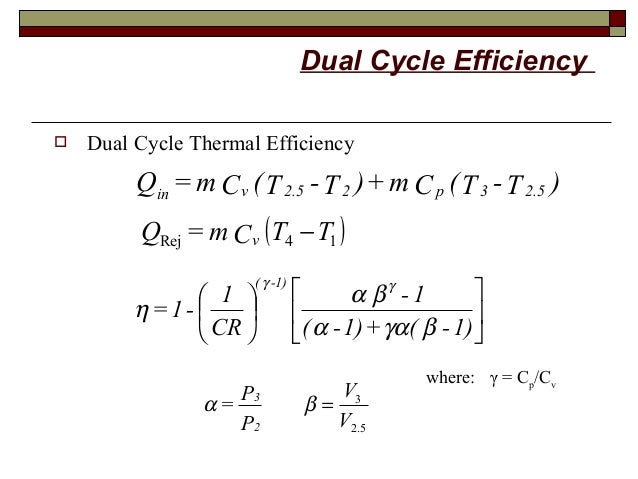
Thermal Efficiency for Dual Cycle Nuclear Power. In general, increasing the pressure ratio is the most direct way to increase the overall thermal efficiency of a Brayton cycle, because the cycle approaches the Carnot cycle. According to Carnot’s principle higher efficiencies can be attained by increasing the temperature of the gas.. But there are also limits on the pressure ratios that can be used in the cycle., Chapter 3: The First Law of Thermodynamics for Closed Systems c) The Air-Standard Diesel Cycle (Compression-Ignition) Engine. The Air Standard Diesel cycle is the ideal cycle for Compression-Ignition (CI) reciprocating engines, first proposed by Rudolph Diesel over 100 years ago. The following link by the Kruse Technology Partnership describes the four-stroke diesel cycle operation including a.
Efficiency of the Carnot cycle Mai Truong
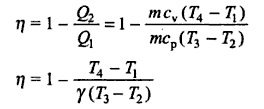
Expression for Efficiency of Otto cycle Gas Power Cycles. η th, Diesel = 1+ q 41 /q 23. Under the cold air-standard assumption, the thermal efficiency of an ideal Diesel cycle is : In order to simplify the above equation, the cutoff ratio r c is defined as. r c = v 3 /v 2. Process 1-2 and process 3-4 are isentropic. Thus, The thermal efficiency relation reduces to https://fr.m.wikipedia.org/wiki/Turbine_%C3%A0_vapeur Air standard diesel engine cycle: Since the compression and power strokes of this idealized cycle are adiabatic, the efficiency can be calculated from the constant pressure and constant volume processes. The input and output energies and the efficiency can be ….
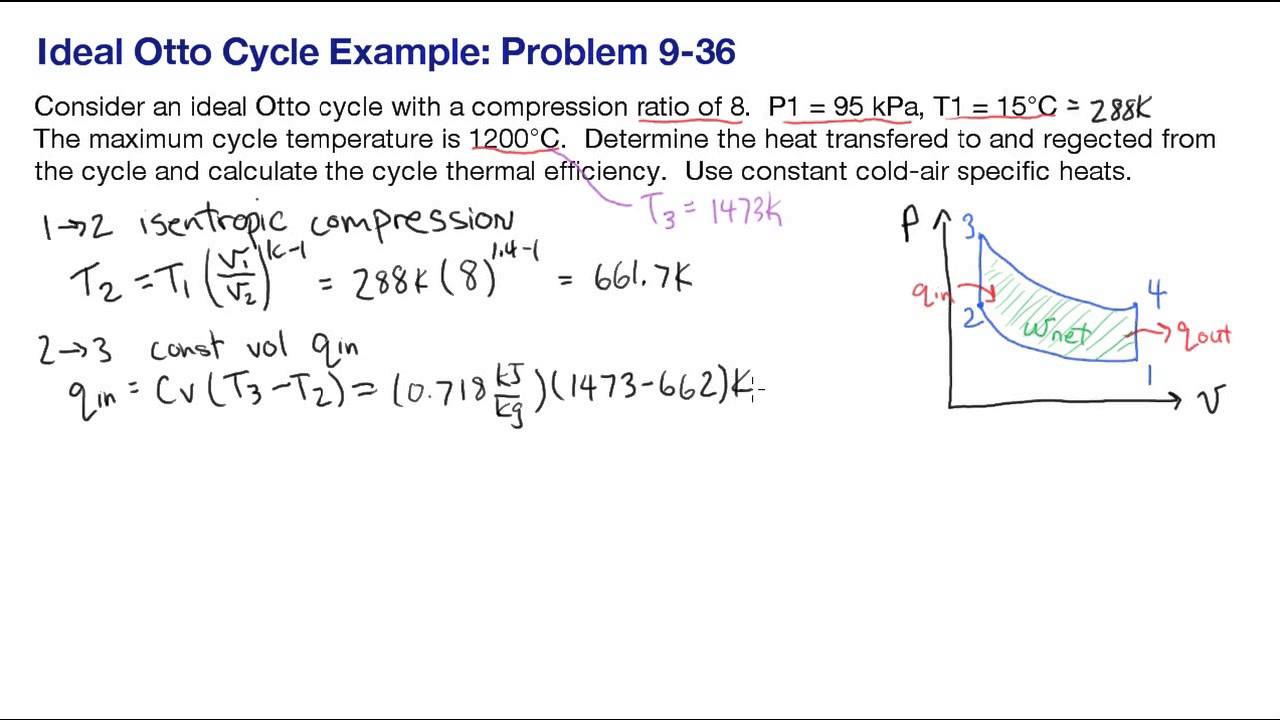
8/6/2015 · The Otto cycle has less compression ratio (7:1 to 10:1) but in diesel cycle the compression ratio is high (11:1 to 22:1). In Otto cycle as well as in diesel cycle heat rejection takes place at constant volume. The efficiency of Otto cycle is less as compared with the Diesel cycle. Also Read: Difference Between 2 Stroke and 4 Stroke Engines The heavy-duty diesel engine, the primary propulsion source for most heavy-duty vehicle freight movement, is subject to many design constraints, including durability, efficiency, and low emissions. There is a need for increased engine efficiency and reliability …
otto cycle diesel cycle ppt- authorSTREAM Presentation. Diesel Cycle Derivation: For an isentropic compression (and expansion) process: However, in a Diesel The compression ratio (r v ) is a volume ratio and, in a diesel, is equal to the product of the constant pressure expansion and … The diesel cycle otto cycle diesel image fig5ottoreal web image fig5ottoreal web. Derivation Of Air Standard Efficiency Otto Cycle Mechteacher Com. Thermodynamic Chapter 5 Air Standard Cycle. Heat cycles and their realizations pv diagram blank wiring ideal rankine cycle pdf …
THE DUAL COMBUSTION CYCLE . The dual combustion cycle, like the ideal diesel cycle is a mathematical model, but comes closer to what actually happens in the cylinder of a diesel engine. Like an indicator diagram it is a graph of Pressure against Volume, but it makes certain assumptions: efficiency of a heat engine to be less than unity and their relevance to daily life Jing Wu- The standard Diesel cycle is an idealized cycle consisting of two adiabatic reversible (isentropic) processes for compression and expansion. derivation is valid for the general case in FTT when the reservoirs may undergo a process of
This cycle is a closer approximation to the behavior of the actual Otto and Diesel engines because in the actual engines, the combustion process does not occur exactly at constant volume or at constant pressure but rather as in the dual cycle. Process 1-2: Reversible adiabatic compression. 3. 6 Diesel Cycle The Diesel cycle is a compression ignition (rather than spark ignition) engine. Fuel is sprayed into the cylinder at (high pressure) when the compression is complete, and there is ignition without a spark. An idealized Diesel engine cycle is shown in Figure 3.12.
the cycle efficiency. ηth net in W Q = Carnot Cycle The Carnot cycle was introduced in Chapter 5 as the most efficient heat engine that can operate between two fixed temperatures TH and TL. The Carnot cycle is described by the following four processes. Diesel cycle is a gas power cycle invented by Rudolph Diesel in the year 1897. It is widely used in diesel engines.. Diesel cycle is similar to Otto cycle except in the fact that it has one constant pressure process instead of a constant volume process (in Otto cycle).. Diesel cycle can be understood well if you refer its p-V and T-s diagrams.
the cycle efficiency. ηth net in W Q = Carnot Cycle The Carnot cycle was introduced in Chapter 5 as the most efficient heat engine that can operate between two fixed temperatures TH and TL. The Carnot cycle is described by the following four processes. Diesel Engine Fuel is injected on the power stroke into hot compressed air at the top of the cylinder, where it ignites spontaneously. The four stages are exactly the …
Thermal Efficiency for Diesel Cycle. Since Carnot’s principle states that no engine can be more efficient than a reversible engine (a Carnot heat engine) operating between the same high temperature and low temperature reservoirs, the Diesel engine must have lower efficiency than the Carnot efficiency.A typical diesel automotive engine operates at around 30% to 35% of thermal efficiency. For a heat engine, thermal efficiency is the fraction of the energy added by heat (primary energy) that is converted to net work output (secondary energy). In the case of a refrigeration or heat pump cycle, thermal efficiency is the ratio of net heat output for heating, or removal for cooling, to energy input (the coefficient of performance).
Thermal Efficiency for Diesel Cycle. Since Carnot’s principle states that no engine can be more efficient than a reversible engine (a Carnot heat engine) operating between the same high temperature and low temperature reservoirs, the Diesel engine must have lower efficiency than the Carnot efficiency.A typical diesel automotive engine operates at around 30% to 35% of thermal efficiency. 3. 6 Diesel Cycle The Diesel cycle is a compression ignition (rather than spark ignition) engine. Fuel is sprayed into the cylinder at (high pressure) when the compression is complete, and there is ignition without a spark. An idealized Diesel engine cycle is shown in Figure 3.12.
Efficiency of the Carnot cycle In this derivation we shall show that the efficiency of the Carnot cycle only depends on the temperatures of the heat source and the heat sink, regardless of the type of gas used in the process. (You can do this on your own if you follow the steps in … The heavy-duty diesel engine, the primary propulsion source for most heavy-duty vehicle freight movement, is subject to many design constraints, including durability, efficiency, and low emissions. There is a need for increased engine efficiency and reliability …
Efficiency of the Carnot cycle In this derivation we shall show that the efficiency of the Carnot cycle only depends on the temperatures of the heat source and the heat sink, regardless of the type of gas used in the process. (You can do this on your own if you follow the steps in … or ideal thermal efficiency of the cycle, as it does not take into account any practical losses which do occur in the actual running of the engine. 5.2.4 Air-standard efficiency of a cycle : In order to compare the thermal efficiency of actual internal combustion engine cycles, the engineer needs some standard to serve as a yard-stick.
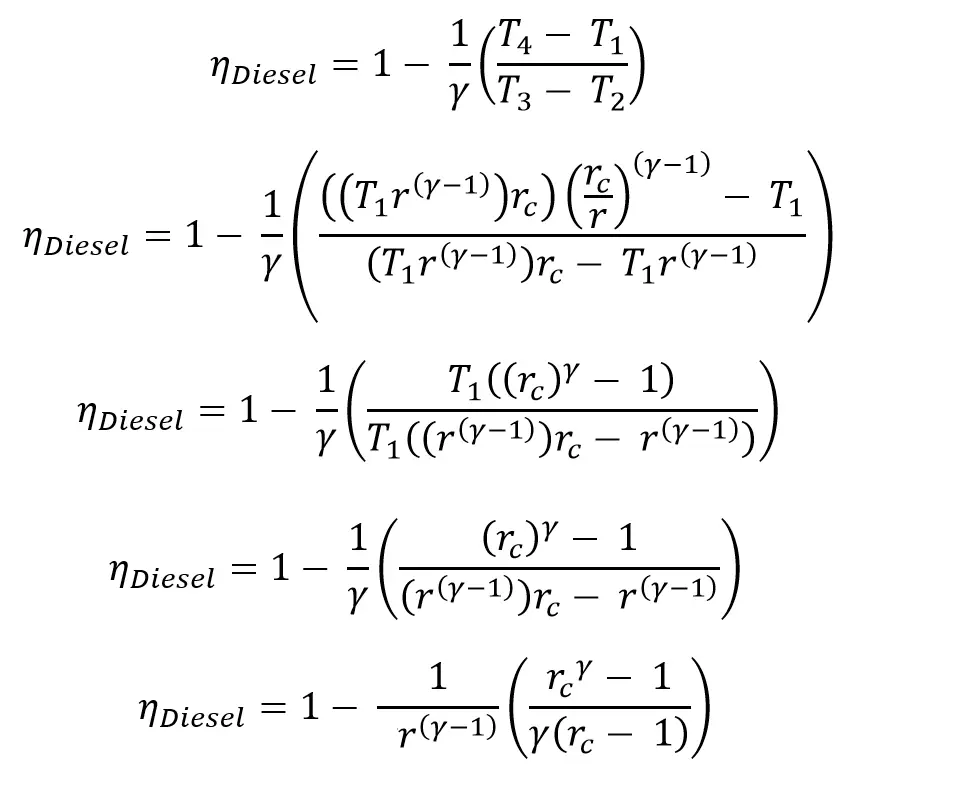
1/3/2017 · Diesel cycle is an air-standard cycle (a combustion process), which is used to design mostly compression ignition engines. Following is the pressure vs volume graph for a diesel cycle. The following processes are part of the diesel cycle: Isentrop... What’s more, the idealized diesel cycle is characterized by a closed system which follows the 1 law of thermodynamics for the closed system. The assumptions mentioned above allow us to calculate the thermal efficiency of the idealized diesel cycle: 2→3: q release + w rev = …
